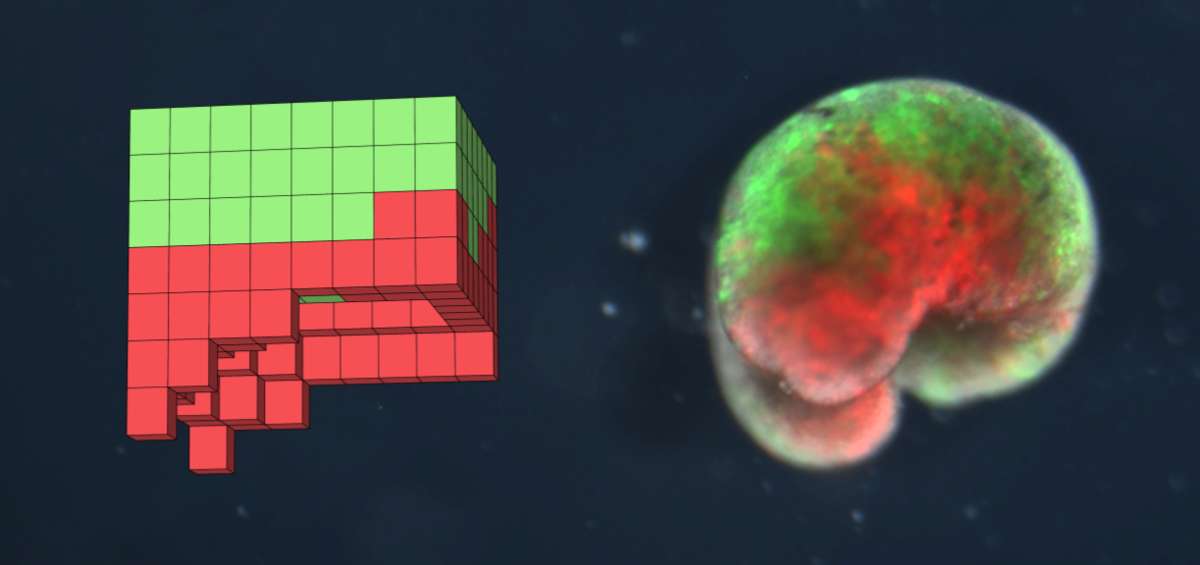When we think of robots, we typically do not think of small cellular organisms made with embryonic cells from frogs. However, this is exactly what the joint teams at University of Vermont, Tufts University, and Harvard University have developed.
In 2020, this team created the first instance of ‘xenobots’ - synthetic lifeforms designed by computers for a specific task. This year, these researchers and scientists have given these xenobots the ability to self-replicate. At first, this self replication was limited. The crafted bots had the ability to replicate themselves, but were not able to reproduce further.
However, with the help of AI applied through UVM’s Deep Green supercomputer, the shape of the bot was redesigned to look like Pac-man. It is hardly a design that would be intuitive, but this shape was successful in prolonging this reproduction cycle. Now, these xenobots can reproduce for several generations with little issue, coming a long way from becoming ‘just dead skin cells’ after fulfilling their purpose.
Technology by itself cannot replicate, but in combination with natural organisms it is possible. What else will be possible with replicating xenobots? What uses will they have in regenerative medicine and other medical fields? Considering this new discovery, what other possibilities will there be when technology and nature combine?

Share your thoughts and join the technology debate!
Be the first to comment